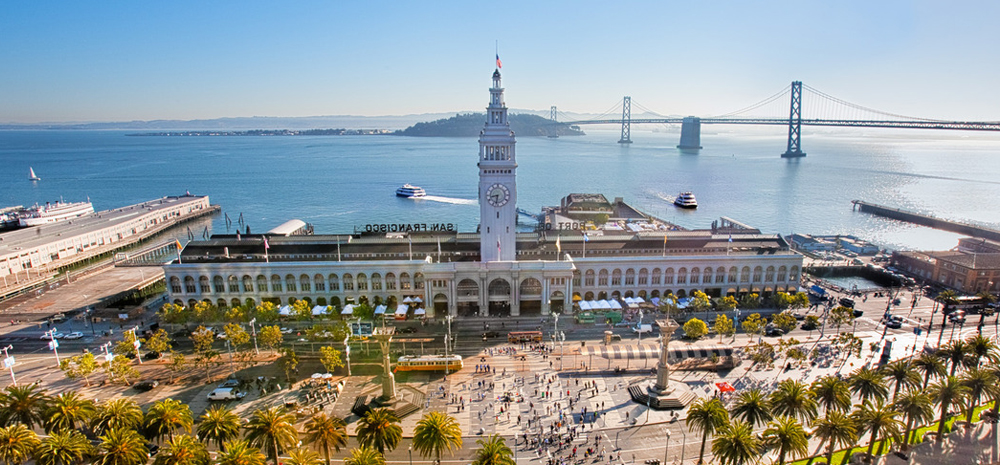Riverdale Rink Rat
Senior Member
Member Bio
- Joined
- Apr 29, 2008
- Messages
- 2,775
- Reaction score
- 272
- Location
- Back to East York... Alas!
I lived south of the Gardiner. I've also lived north and walked south for work. The tracks and Lake Shore are worse than the Gardiner for access across this transportation corridor. It would be a shame to put more cars on roads which pedestrians have to cross vs keeping them separated.
I know I'm in the minority, but I've never really found the whole thing as bad as people say. For me, the biggest issue wasn't the Gardiner nor the Lake Shore, but the fact there wasn't a heckuva a lot to do once you got to the harbour. Harbourfront Centre was fine enough for a winter skate or when something was happening my girls wanted to see or do, but it really took the last (ten?) years build out to make it a destination.
The first time someone suggested the Watermark deck for a pint was not all that long ago. Now, especially in summer, Queen's Quay is special. Condos, offices, tourists, decks, boats, concerts, museums, tons of stuff. Going under the Gardiner is an anticipatory experience and no longer a long walk to a long walk. Love it!





